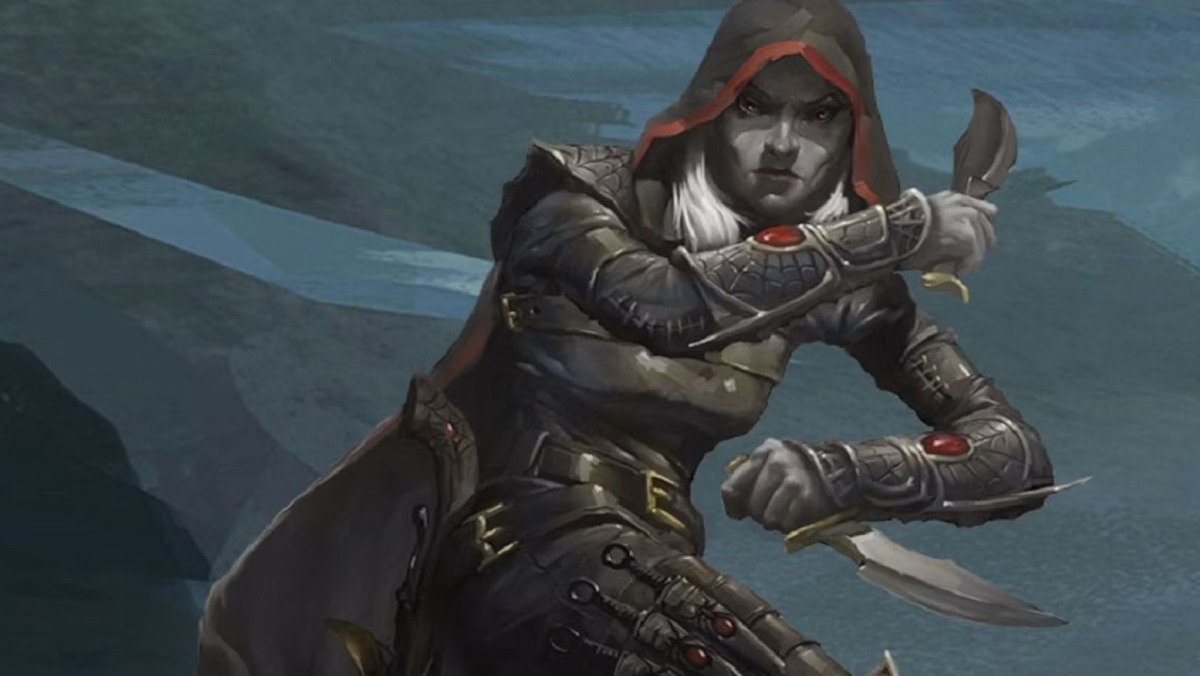
Spellcaster classes provide Dungeons & Dragons players with the most options. Utility spells help players that come up with creative solutions to dungeon problems. Fighting classes often had these options built into their weaponry. Entire books detailed to the differences in speed, weight and deadliness between weapon choices. Dungeons & Dragons 5th Edition, however, streamlined the weapons selection process to make combats run faster. And while, mechanically, there isn’t much difference between a longsword and a katana, there are a series of keywords that offers a little extra bit of tactics to players who don’t want to just grind out combats. These Dungeons & Dragons weapons basics will help you in combat.
Finesse
The most commonly known keyword is this one: finesse. Most weapons go with the Strength modifier for melee attacks and damage. Finesse weapons can use either the Strength or the Dexterity modifier of the attacker for this purpose. Most rogues know this rule by heart to allow for a little extra hurt to come from a Sneak Attack. Rogues prize Dexterity above all other attribute scores.
These weapons also come in useful for ranged builds (since you’ll use Dexterity for ranged attacks) and builds that have used their best scores elsewhere. Worrying about one score instead of two for melee removes a little pressure.
Reach
One of the main advantages of having a bigger weapon than an opponent, other than doing more damage, is keeping them away. This avoids counter strikes. Weapons that do this well provide reach, which allows attacks farther away than normal weapons, usually by five feet. It allows fighters equipped with polearms or halberds to engage an opponent without having to worry about opportunity attacks should the fighters decide to move away from their target after an attack.
Weapons with this trait should end up in the hands of characters that need mobility for healing. That includes clerics and paladins. It would also benefit characters that have a bonus that stacks with reach, such as Bugbears.
Versatile
Fighters often struggle with an existential question: to shield or not to shield? A shield provides an armor class bonus, but using one shuts off the weapons that really bring the hit points down since most of them require two hands to use. This trait offers something of a compromise. Players can use versatile weapons with one or two hands. Each style has a different damage die. Fighters with versatile weapons can judge in the moment whether or not they need extra protection or if they want to hit a target harder.
Originally published on January 19, 2018.
Rob Wieland is an author, game designer and professional nerd. He’s worked on dozens of different tabletop games ranging from Star Wars and Firefly to his own creations like CAMELOT Trigger. He can be hired as a professional Dungeon Master for in-person or remote games. His Twitter is here. His meat body can be found in scenic Milwaukee, WI.














